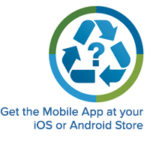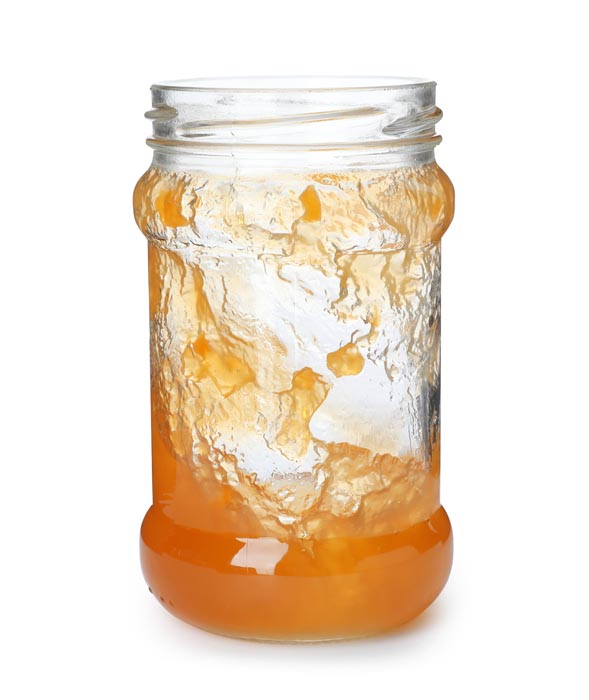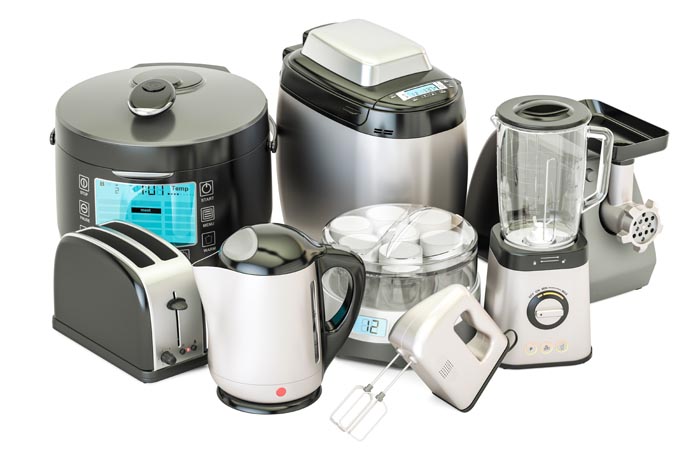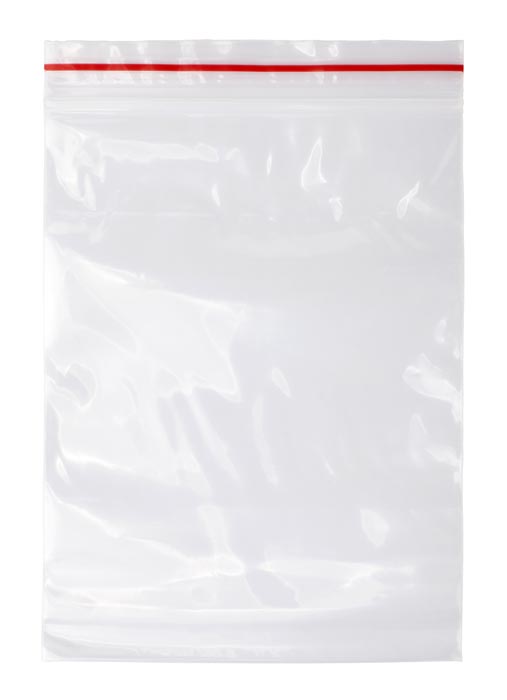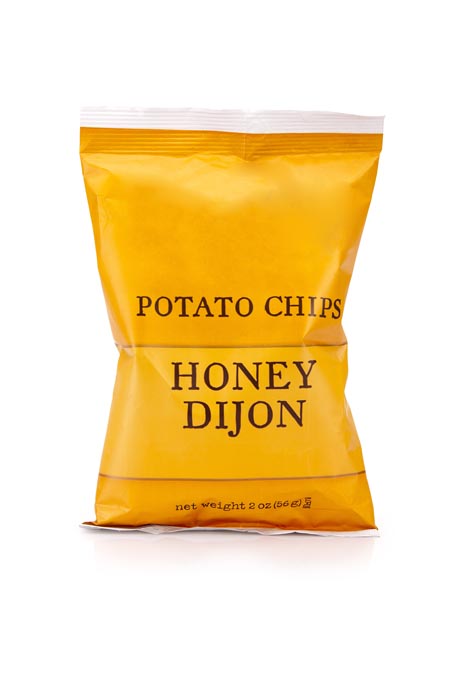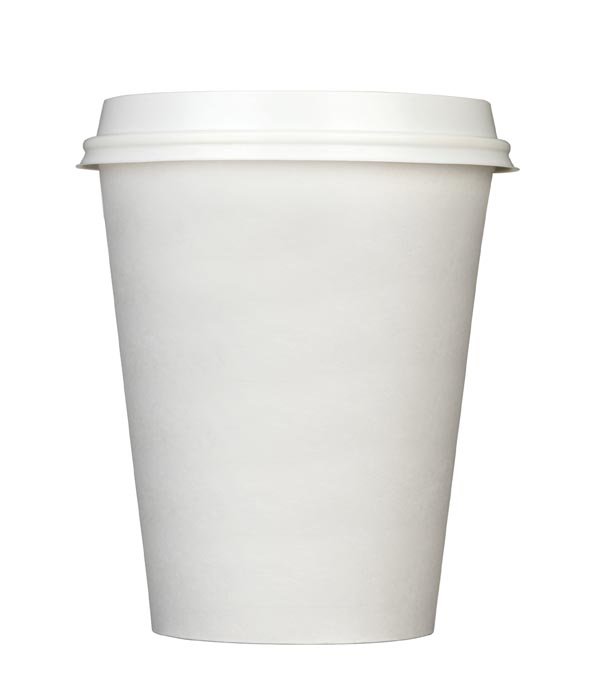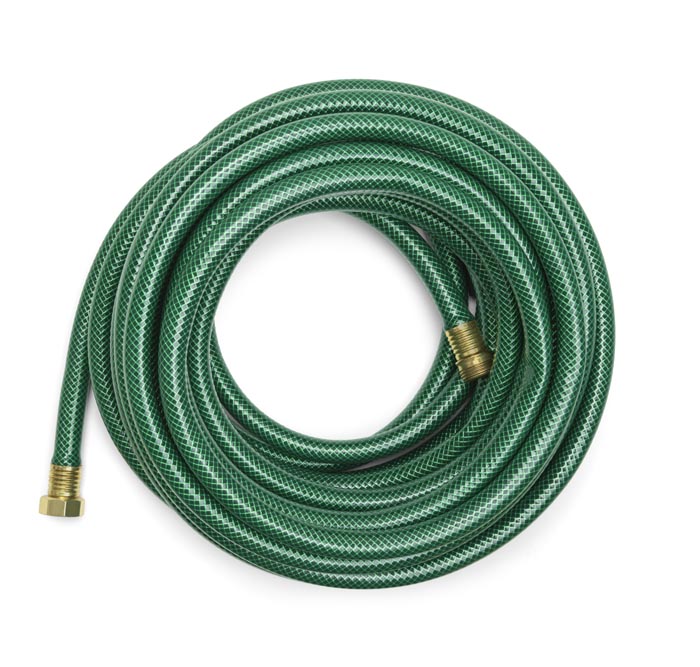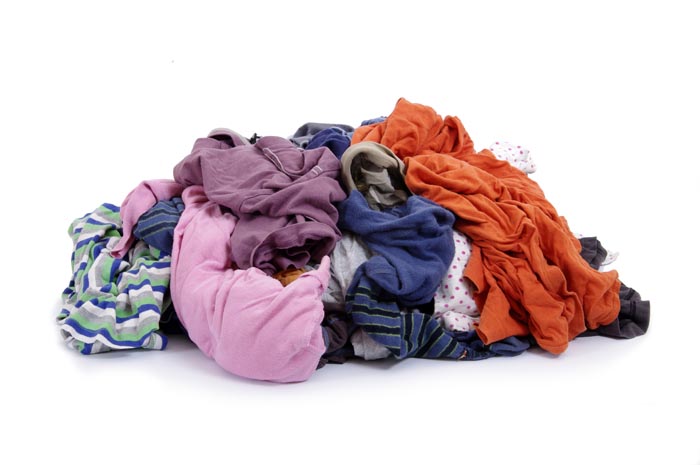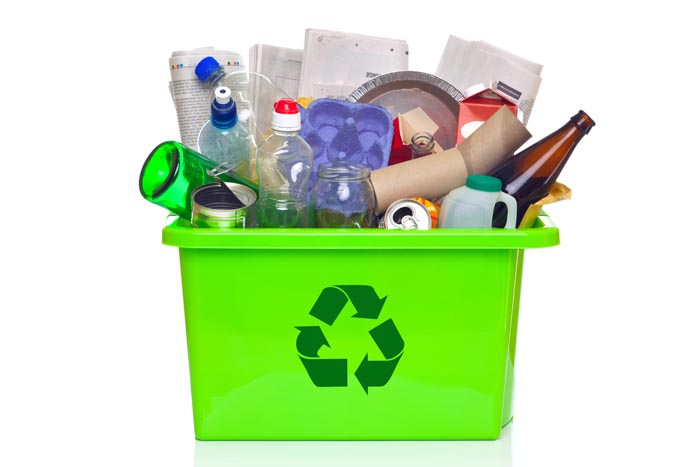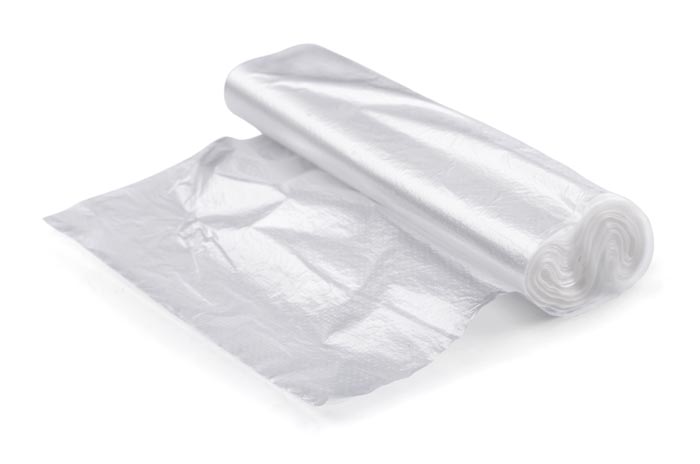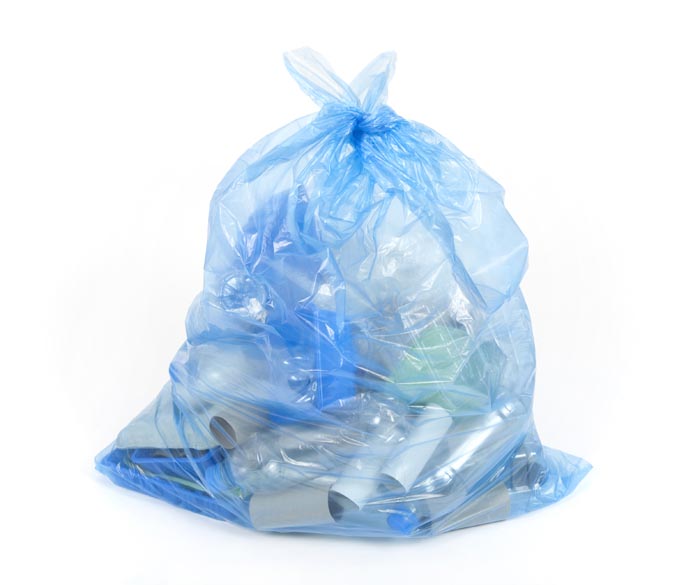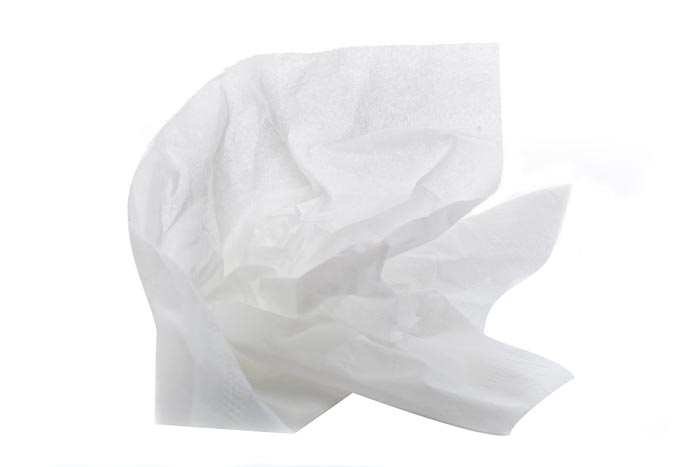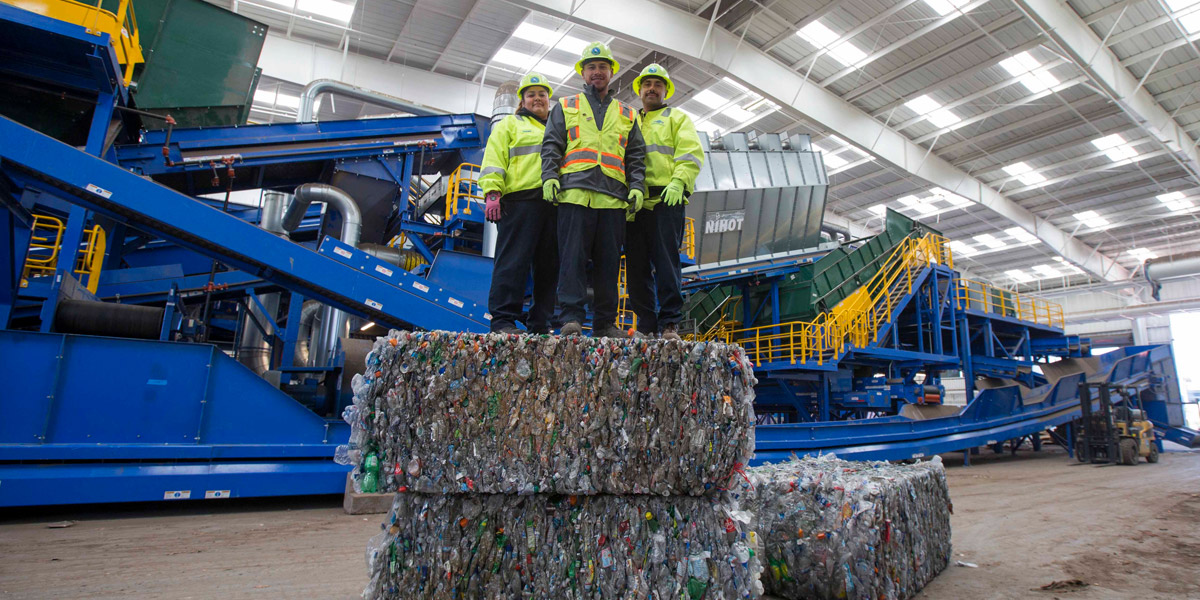 Changes within the global recycling economy have impacted us locally. Throughout Monterey County, there have been changes in what materials can be placed in the recycling bin. It is more important than ever to recycle to the best of your ability: only place what is truly recyclable in the bin and keep the materials as clean as possible. Find out more about waht's acceptable with the Acceptable Recyclables flyer here.
Changes within the global recycling economy have impacted us locally. Throughout Monterey County, there have been changes in what materials can be placed in the recycling bin. It is more important than ever to recycle to the best of your ability: only place what is truly recyclable in the bin and keep the materials as clean as possible. Find out more about waht's acceptable with the Acceptable Recyclables flyer here.
Recycling Best Practices
- Keep items clean and dry.
- Plastic containers: remove cap, flatten container, replace cap.
- Cardboard: remove plastic wrap, large pieces of tape.
- Food containers: use a spatula to remove food residue and scrape clean, give them a rinse and wipe clean if necessary.
- Cardboard: Remove plastic wrap and large pieces of tape. Flatten boxes before recycling.
- Plastic Bags (such as bread, newspaper, Ziploc bags): find a grocery store that has a collection box for this material.
- Glass jars: Leave the metal lid on.
- Reusable Textiles and Household Goods: drop-off at the Last Chance Mercantile or schedule a free curbside Bulky Item Collection with your hauler. Charitable programs such as Goodwill or Habitat for Humanity accept items in usable condition. H& M accepts textiles for reycling if they can no longer be reused.
- Fruit and vegetable scraps, coffee grounds, and tea bags: Compost: it's nature's way of returning nutrients back to the earth, and greatly reduces landfill waste. Start a backyard compost pile or worm bin. No space to set one up? Find a local farmers market with a food scrap drop-off.
- Household Batteries: place in a plastic bag and put it on top of your recycling bin on collection day.
- Reduce the waste you generate: The old "reduce, reuse, recycle" phrase actually lists those actions in order of effectiveness. Eliminate single-use plastic containers whenever possible, pack your bag with a reusable lunch bag, water bottle, and silverware set.
Download the flyer about Recycling Best Practices here.
Common Contaminants
Contamination is when incorrect items are placed in the recycling bin. Contaminants jeopardize the quality of recyclables and their marketability. For example, food might soil clean paper or plastic wrap may end up in a bale of paper, degrading its quality. Extra labor and energy are required to remove improper materials from the recycling stream, and maintenance and repair of equipment is required when a high percentage of contaminants are in the recycling stream. Use the search bar on the homepage if you are unsure what bin an item belongs in. Learn more with the Common Contaminants flyer here.
Here are some common contaminants we encounter:
